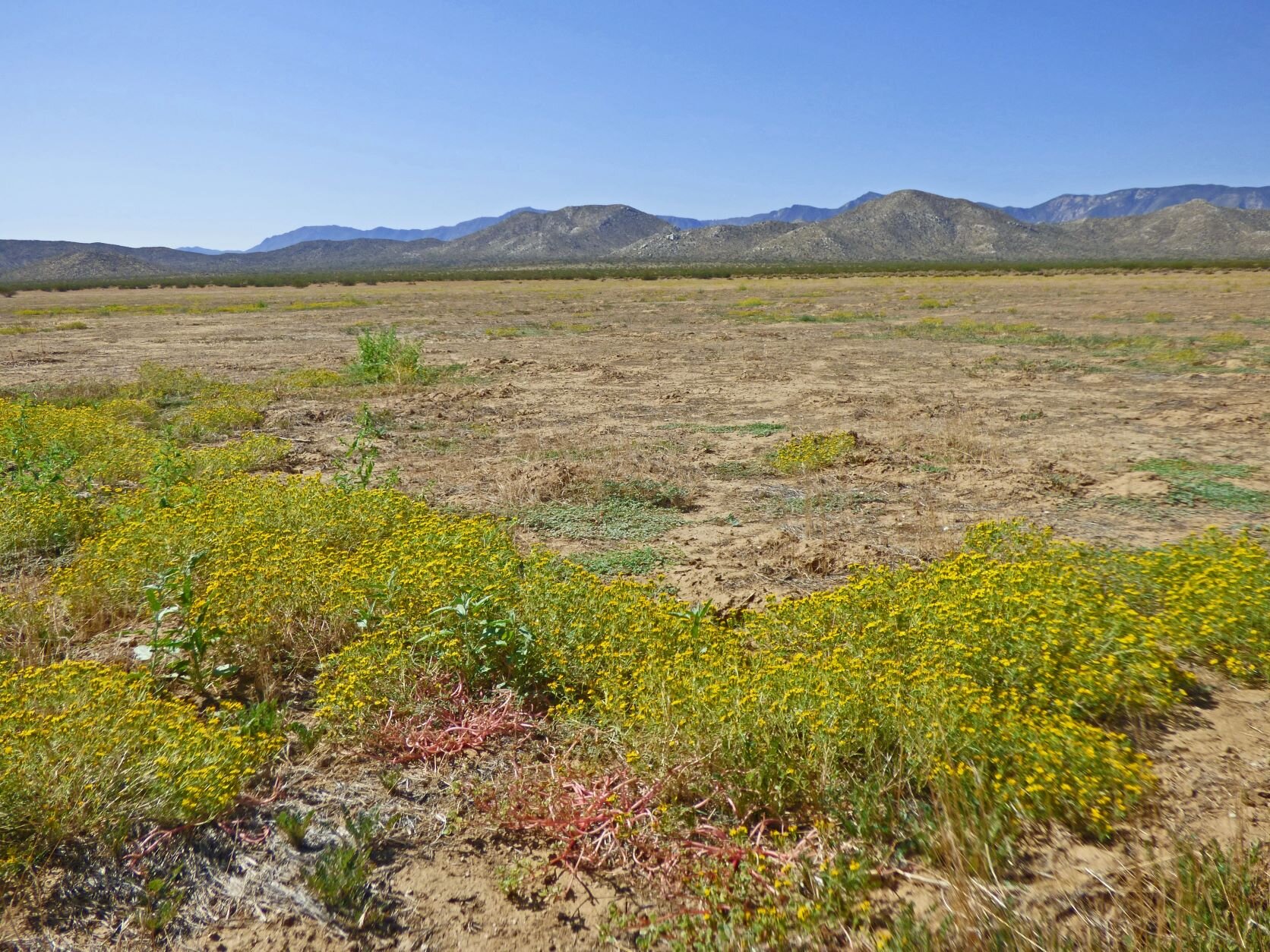Yes, the name Dichelostemma may soon be a history note in San Diego County and the rest of southern California. The genus Dichelostemma will not be going away, it just won't apply to the plants we have known as blue dicks, school bells or wild hyacinth.
I am writing this in Sacramento to the sound of pounding rain, returning from a two-day symposium hosted by the Northern California Botanists. Not many of you, perhaps none of you, have been to one of these excellent symposiums typically held in early January at Chico, California. It is a good long drive from San Diego. The symposium was held over January 9th and 10th. The drive to get to it and back was also an excellent opportunity to sample the atmospheric river that had been making news and apparently beating at my hotel window.
At the symposium's poster session this morning, a poster presented by a prominent northern California botanist and contributor to the Jepson Manual, Robert Preston, caught my eye. Currently, Preston has been focusing some attention on Brodiaea and related groups. The poster was titled: “Not another Damn Name Change! Why Blue Dicks is not a Dichelostemma”.
Dichelostemma capitatum already has a bit of a checkered history. It has been called variously Hookeria puchella, Brodiaea pulchella, and Dichelostemma pulchella. All three names, as Preston explains, have ultimately been shown to be incorrectly applied to this plant and the name that appeared in the 1993 edition of the Jepson manual was Dicholostemma capitatum. Many of you familiar with Latin names may only have known blue dicks by this latter name. Those of us that spent our formative botany years clutching a Munz book knew this plant as D. pulchella.
Mr. Preston made a compelling argument that we should be using Dipterostemon capitatus for this plant. The name is already available and was proposed by Per Axel Rydberg in 1912. Apparently no one took Rydberg or his name seriously, as you can hardly find reference to it. I'd certainly never heard of it. However, recent researchers have found genetic and embryologic evidence that suggest Rydberg was right on the mark. Will the botanical community at large accept this new name with old roots? Very likely they will.
Image: Dawn Endico from Menlo Park, California, Dichelostemma capitatum, 2005, CC BY-SA 2.0









